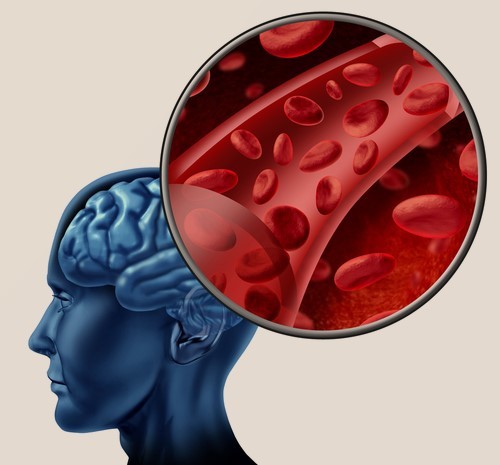New technology to cut cost of measuring brain blood flow
IANS Apr 30, 2018
A new technique for measuring blood flow in the human brain, based on conventional digital camera technology, could be significantly cheaper and more robust than prior methods, say scientists.

The method, detailed in the journal Optica, could be used in patients with stroke or traumatic brain injury, according to the researchers. "Our setup is very promising, and the cost should be lower," said study co-author Wenjun Zhou, a postdoctoral researcher at the University of California, Davis, US. The new method, called interferometric diffusing wave spectroscopy, or iDWS, could prove to be less expensive when compared to an experimental technique called diffuse correlation spectroscopy, or DCS.
If you shine a light into a cloudy solution, light particles, or photons, will be scattered in different directions and DCS uses essentially this approach to look inside someone's skull. Laser light is shined on the head and as photons from the laser pass through the skull and brain, they are scattered by blood and tissue. A detector placed elsewhere on the head, where the photons make their way out again, picks up the light fluctuations due to blood motion. These fluctuations provide information about blood flow.
But the light signal is very weak, and the further it passes through the skull and brain tissue, the weaker it gets. So DCS requires a number of very sensitive, expensive single photon counting detectors. Moreover, boosting the light going in risks burning the patient's skin. The researchers, therefore, took a different approach, based on the fact that overlapping light waves will reinforce or cancel each other out, like overlapping ripples on a pond. They first split the light beam into "sample" and "reference" paths.
The sample beam goes into the patient's head and another, stronger, reference beam is routed so that it reconnects with the sample beam before going to the detector. This boosts the signal, meaning that instead of needing about 20 photon-counting detectors that cost a few thousand dollars each, the researchers could use a single complementary metal-oxide-semiconductor (CMOS)-based digital camera chip for a fraction of the price. "The strong reference light enhances the weaker signal from the sample," Zhou said. An added advantage is that they do not need to turn off the room lights while making measurements with iDWS, Zhou said. Eventually, the researchers believe that may even be able to monitor brain blood flow outdoors, under bright sunlight.
-
Exclusive Write-ups & Webinars by KOLs
-
Daily Quiz by specialty
-
Paid Market Research Surveys
-
Case discussions, News & Journals' summaries